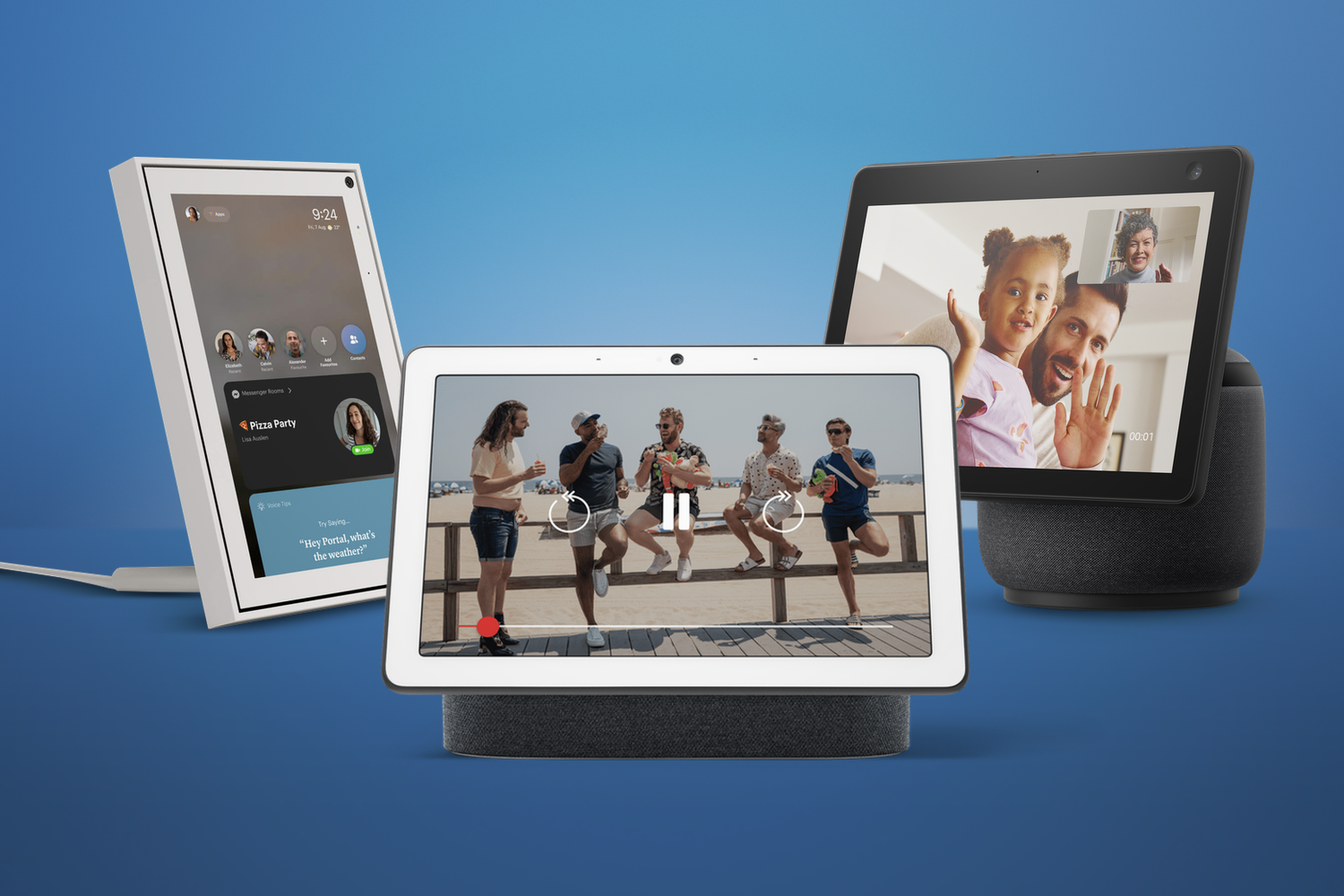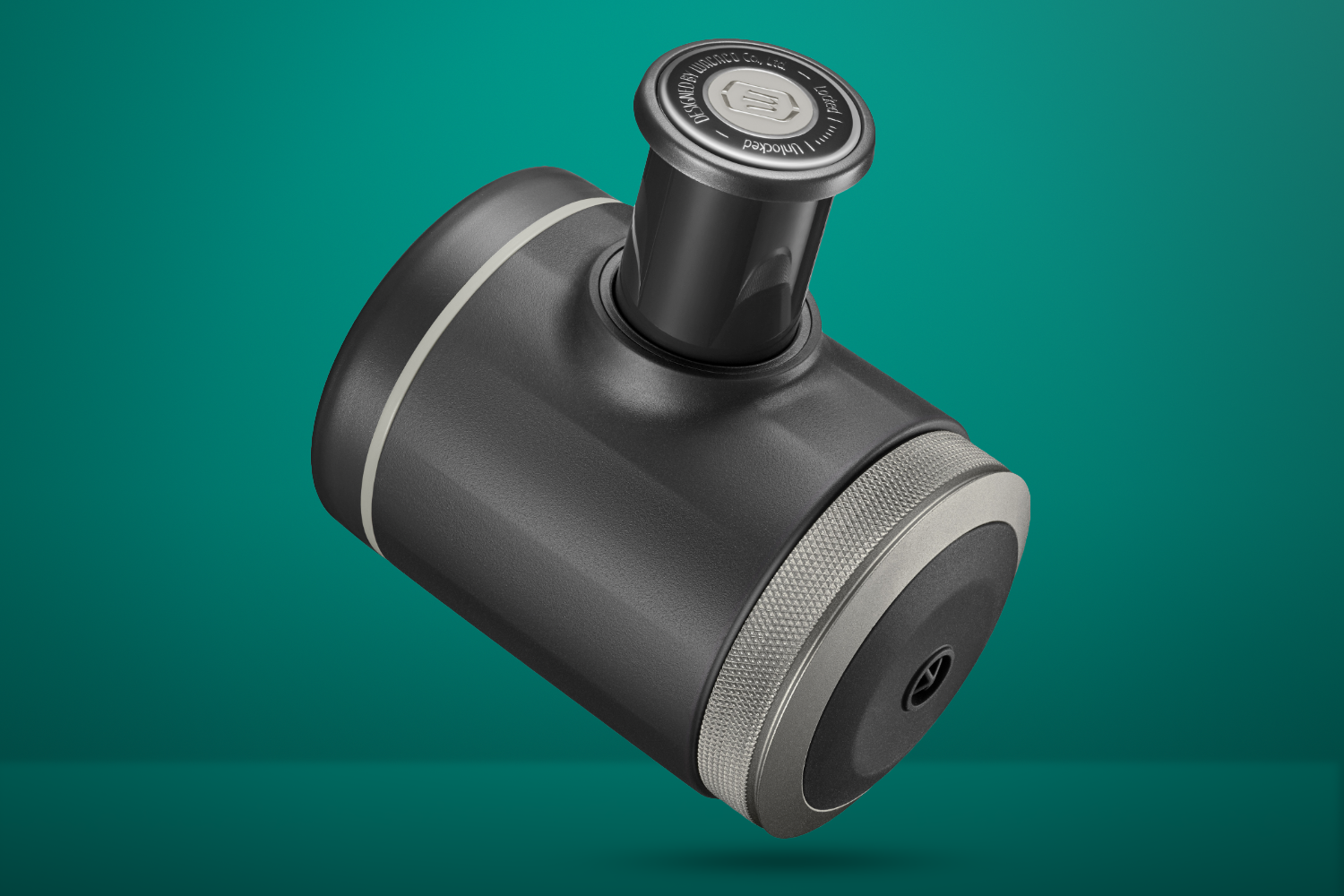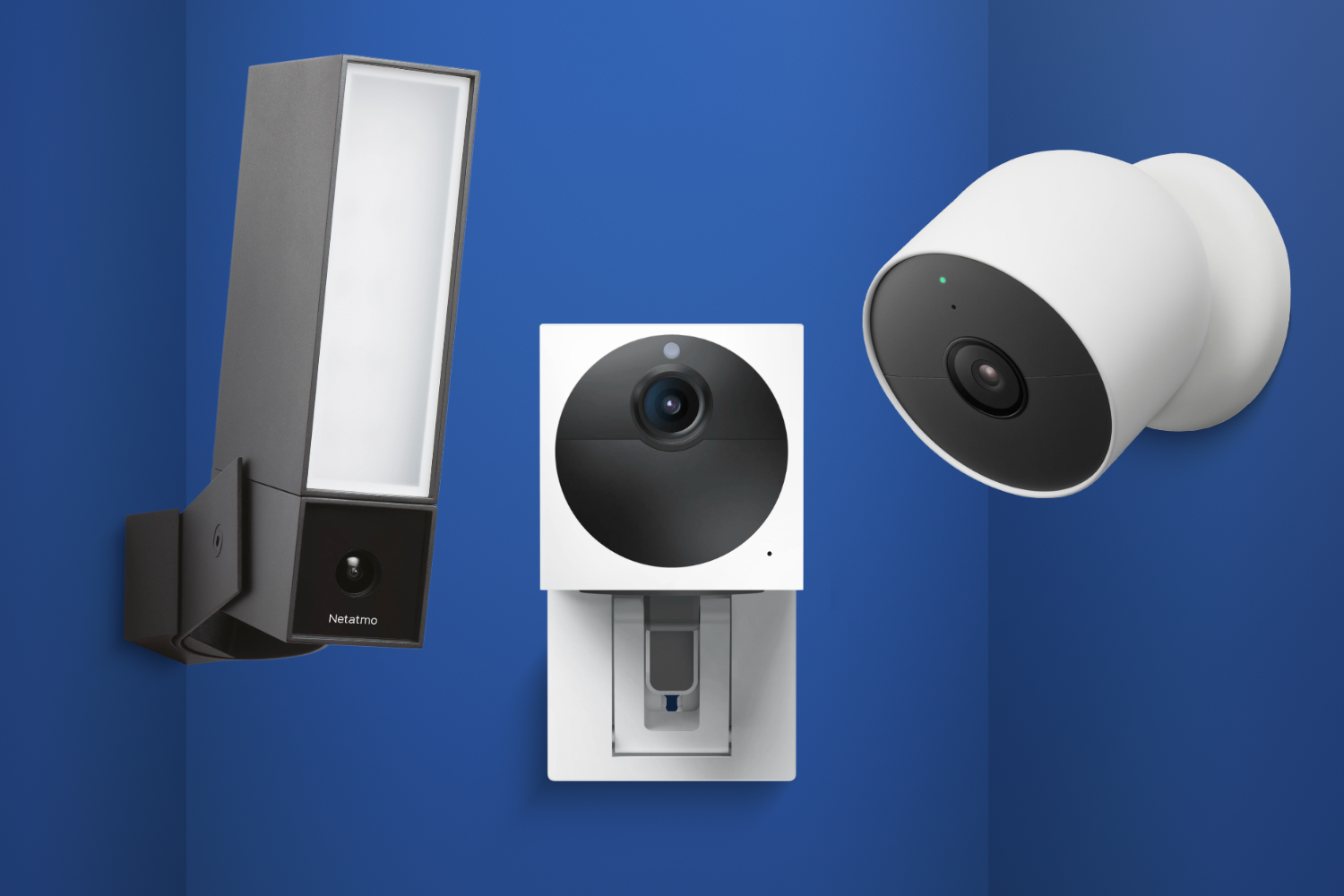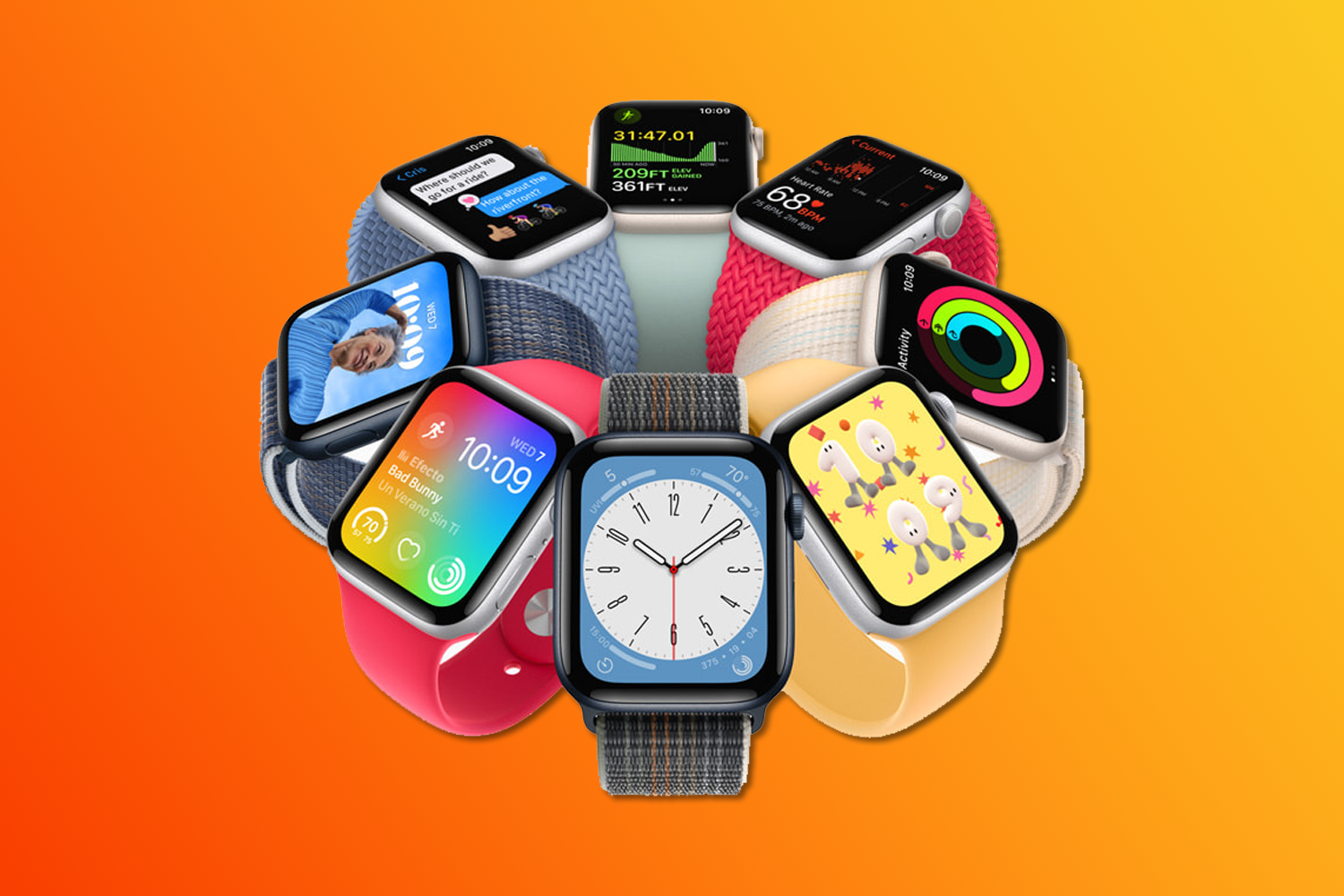What’s the best gaming console? That’s a question gamers have debated for as long as consoles have existed. The truth is, it’s one of the most subjective discussions in the world of technology. But don’t worry – we’re here to help you figure out which one might be the best option for you.
Of course, the answer will depend on your gaming preferences, budget, and who you plan to play with. If you’re after a console for family gaming, your choice will probably differ from one geared toward solo adventures. And if handheld gaming is your thing, we have a guide to the best handheld gaming consoles for that.
No matter what your gaming goals are, we’ve spent countless hours with the latest consoles. We’ve combined our hands-on experience with in-depth knowledge of the gaming world to highlight the best options available. We’ll also walk you through the key details of each console.
In the end, whichever one you pick, you’re likely to be thrilled with your choice. Still, understanding their strengths and weaknesses will help you make the most of your budget.
Why you can trust Stuff: Our team of experts rigorously test each product and provide honest, unbiased reviews to help you make informed decisions. For more details, read how we test and rate products.
Quick list: what’s the best gaming console?
The best gaming consoles you can buy today:

1. PlayStation 5
| PlayStation 5 specs | |
|---|---|
| Internal storage | 825GB/667.2GB usable |
| Optical drive | 4K Blu-ray Drive (disc-less version also available) |
| CPU | AMD Zen 2-based CPU with 8 cores at 3.5GHz |
The PlayStation 5 made quite an impact when it launched in late 2020. Unlike Microsoft’s Xbox Series X, which felt like an evolution of the One X, the PS5’s arrival was more dramatic. With its bold design and innovative features, it’s clear that Sony wanted us to know that this console was different. The standout DualSense controller brings new levels of immersion through adaptive triggers and haptic feedback, setting the PS5 apart from previous generations.
Performance-wise, the PS5 is essentially a high-powered gaming PC in your living room. With a 3.5GHz AMD Zen 2 processor, 16GB of RAM, and a blazing SSD, it delivers fast loading times and 4K gaming at up to 120fps. However, third-party games haven’t always lived up to the promise of consistent 4K/60fps gameplay. Still, Sony’s exclusive titles like God of War Ragnarok and Horizon Forbidden West have wowed us, showcasing the console’s potential.
The design may be divisive, with its striking black-and-white aesthetic and large size, but once we started playing, it won us over. The console’s connectivity is generous, and the ability to upgrade storage is a welcome feature, even if it requires some effort.
After over two years of gaming on the PS5, it’s clear that while it hasn’t been all smooth sailing, Sony’s console still impresses. With its unique design, impressive power, and promise of more great games, the PS5 feels like the best console available right now.
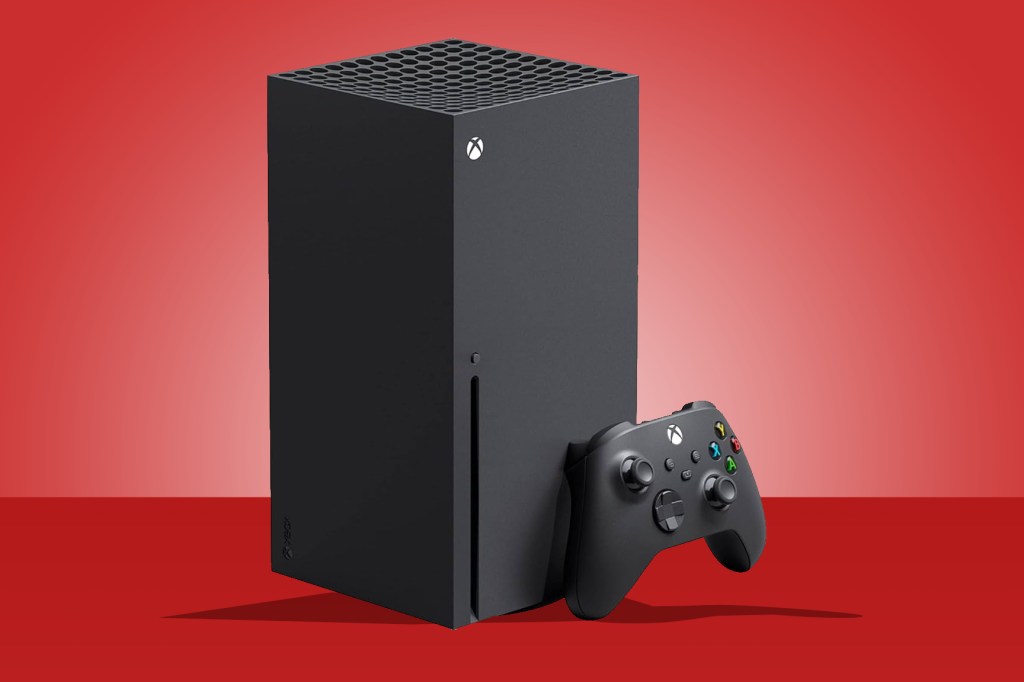

2. Xbox Series X
| Xbox Series X specs | |
|---|---|
| Internal storage | 1TB NVMe SSD |
| Optical drive | 4K Blu-ray drive |
| CPU | 8x Cores at 3.8GHz Custom Zen 2 CPU |
The Xbox Series X is a powerhouse of a next-gen console that delivers on its promises. We’ve been using it for several years now, and the things we loved at launch are still impressive today. Quick Resume is a game-changer, allowing us to jump between multiple games without reloading, and the SSD makes load times almost non-existent. It’s a beast in terms of performance, and even older games look and play better than ever.
Microsoft’s strategy with the Series X isn’t just about the hardware, though; it’s about expanding the Xbox ecosystem. Game Pass, which has become an integral part of the Xbox experience, continues to be the best value in gaming. With over 100 games and new additions regularly, it feels like the Netflix of gaming, especially with day-one access to first-party titles like Starfield.
While the Series X has plenty of power, we did feel its launch was more of an evolution than a revolution. Microsoft focused on backwards compatibility and future-proofing rather than launching next-gen exclusives. But with the company acquiring major studios, we’re expecting more first-party hits soon.
Overall, the Series X is a quiet, powerful machine that excels in performance and value. It may not have had the flashiest start, but with the steady growth of Game Pass and more exclusive titles on the horizon, it’s a fantastic choice for serious gamers.
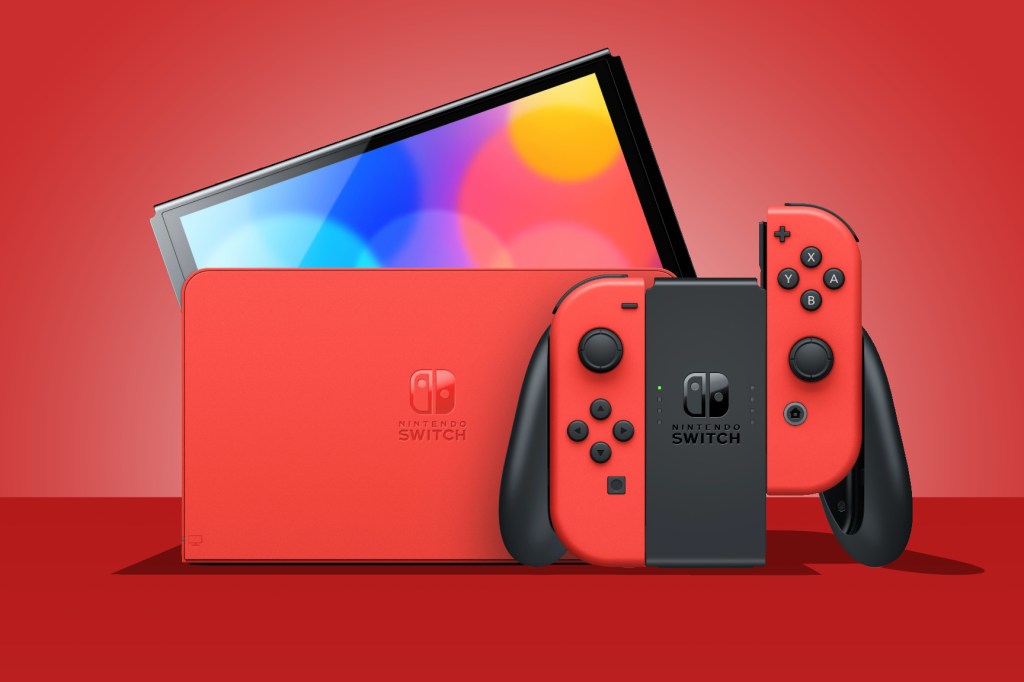

3. Nintendo Switch OLED
| Nintendo Switch OLED specs | |
|---|---|
| Internal Storage | 64GB |
| Optical Drive | No |
| CPU | Nvidia Custom Tegra SOC 768MHz |
The Nintendo Switch has been a major success for the company, especially after the lacklustre Wii U. Four and a half years and nearly 90 million units later, the Switch has brought Nintendo back to the top. However, it’s starting to feel outdated, which made the rumours of a “Switch Pro” easy to believe. Instead, we got the Switch OLED, which doesn’t upgrade the internal hardware but offers a stunning OLED display and some useful tweaks.
If you’re buying your first Switch, the OLED model is worth the extra money for the improved screen and enhanced audio. For current Switch owners, though, the decision to upgrade depends on how much you value handheld play. The OLED screen is a significant upgrade, making games like Metroid Dread and Breath of the Wild look even better. However, the 720p resolution remains, which highlights how outdated the console is becoming.
The build feels a bit heavier, but the new kickstand is a massive improvement over the flimsy one on the original Switch. The new dock includes a LAN port for a more stable online connection and is less likely to scratch the screen.
The Switch OLED is a step up in handheld gaming, with more vibrant visuals, better sound, and slightly more storage, but performance and battery life are unchanged. For handheld-focused gamers, it’s a worthy upgrade. However, with rumours of a more powerful Switch in the future, some may prefer to wait.
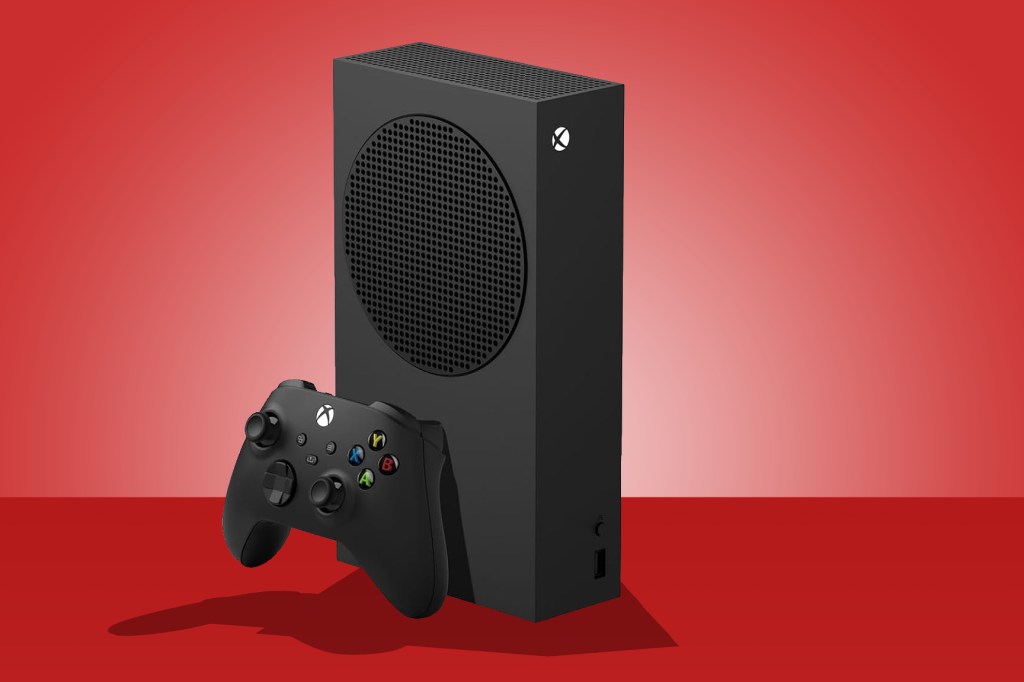

4. Xbox Series S
| Xbox Series S specs | |
|---|---|
| Internal Storage | 512GB NVMe (364GB usable) |
| Optical Drive | No |
| CPU | 8-core 3.6GHz custom AMD 7nm |
The Xbox Series S stands out as an affordable yet genuinely next-gen console. Even though it’s smaller and less powerful than its sibling, the Series X, it offers a sharp, fast, and refined gaming experience that shouldn’t be overlooked. We’ve found ourselves frequently using this little powerhouse, despite having access to the beefier Series X. There are some compromises—like a 512GB SSD that fills up quickly and visuals that fall short of true 4K—but overall, it’s an excellent option for most gamers, especially when combined with Xbox Game Pass.
Game Pass is truly a game-changer. With access to over 100 titles, including big franchises and indie gems, we get exceptional value without breaking the bank. The Series S performs impressively with fast load times and features like Quick Resume, making gameplay smooth and efficient. Although it doesn’t deliver the ultimate 4K experience, it still handles 1440p at 60fps well, and with optimized updates for games, the visual quality can be quite impressive.
Its compact design and lighter weight make it ideal for smaller spaces, and Microsoft’s attention to user experience with a refined interface and seamless Xbox app integration further enhance the appeal. For those who prioritize affordability and convenience without missing out on key next-gen features, the Xbox Series S is arguably the best deal in gaming.


5. Steam Deck OLED
We really liked the original Steam Deck, despite not being overly impressed with its weight, battery life or LCD display. All three were addressed by Valve with the Steam Deck OLED, making the first effort feel a bit like a rough draft in comparison. The new larger 7.4in HDR display, with its 1000-nits maximum brightness, has been blowing us away since we started using the device. It has hugely improved contrast and colours, while OLED’s trademark inky blacks make it hard to go back to LCD. The Deck OLED is also slightly lighter than Valve’s first effort, which you definitely do notice, and it lasts longer between charges too.
The Steam Deck OLED is a handheld PC, but its custom-built OS makes it feel like a console in all the right ways. If you want to access your Steam library with minimal faff you can; desktop mode then welcomes tinkerers who want to emulate old games and install other launchers.
Not every game will function as you want it to out of the box, and the Deck struggles to run modern AAA titles with any finesse. It’s also still a big bulky handheld, which might prove too much to handle for smaller hands. But if you want to play PC games portably, the Steam Deck OLED is our top pick. And if you want to save some cash, the equally powerful LCD model is still available at a lower price.
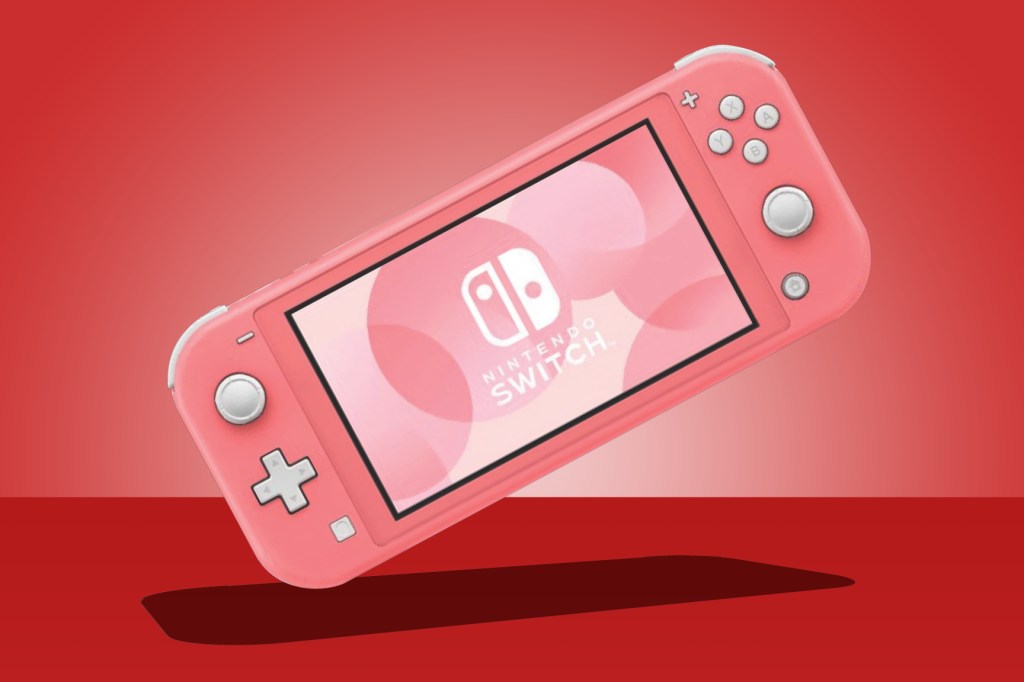

6. Nintendo Switch Lite
| Nintendo Switch Lite specs | |
|---|---|
| Internal Storage | 32GB |
| Optical drive | No |
| CPU | Nvidia Custom Tegra processor |
The Nintendo Switch Lite, despite losing the key “switch” feature of its predecessor, stands out as a fantastic handheld console. We believe Nintendo’s decision to focus solely on portability gives the Lite an edge in sturdiness and comfort, especially with its single-piece plastic design and lighter weight. The colour options—especially the vibrant turquoise and yellow—are fun, and the addition of a proper D-pad enhances gameplay, particularly for platformers.
However, while the Switch Lite is easier to carry and hold, the compromises are noticeable. Without detachable Joy-Cons and no TV connectivity, the Lite sacrifices the original Switch’s versatility. This means certain games, like Super Mario Party, are completely unplayable on this model. Plus, managing game data between multiple Switch consoles can be a frustrating experience, especially with Nintendo’s confusing primary and non-primary console system.
Despite these setbacks, the Lite excels where it matters most—games. The impressive library, including titles like Breath of the Wild and Link’s Awakening, and a steady stream of indie gems make it hard to argue against the Switch Lite being one of Nintendo’s best handhelds.
In the end, if handheld gaming is your priority, the Lite delivers a joyful experience. But for those already owning the original Switch, it feels more like a luxury addition rather than a necessity.
What to consider when buying the best gaming console?
Choosing a gaming console is a big task – after all, it’s likely you’ll be using the same system for the next ten years or so. That means there are various factors you’ll want to consider to ensure you’re buying the best gaming console for you.
The first thing you’ll want to consider is the gaming library of each console. Look into the exclusive titles available, as well as the variety and quality of games offered. Each console has its own lineup of exclusive titles, so if there are specific games you’re interested in playing, this will heavily influence your decision. Do you like Mario and Zelda games? Then you’ll obviously want a Nintendo Switch, whereas if you like first-person shooters or driving simulators, then you’ll want to go with an Xbox or PlayStation.
Secondly, consider the performance of the console. Look into the hardware specifications, including CPU, GPU, and RAM. Decide whether you prioritize graphics quality and performance, as different consoles may offer varying levels of power and capabilities. This will have an impact on the longevity of the console.
Next, consider the online services offered by each console. Features such as multiplayer gaming are now cross-platform, but digital game purchases and subscription services are still tied to a single platform. Gaming is a social hobby (usually) so the console your friends have is important. Friend lists, messaging, and sharing gameplay footage can enhance your gaming experience.
You’ll want to check whether the console offers backward compatibility with previous generations of games – especially if you already have a large collection of older titles.
Controller design and comfort are important considerations as well. Try out the controllers of different consoles to see which one feels most comfortable and intuitive for you. Consider factors such as button layout, ergonomics, and any additional features such as motion controls or touchscreens.
If you plan on gaming on the go or in multiple locations, consider the portability of the console. Handheld consoles like the Nintendo Switch or Steam Deck offer the flexibility to play games both at home and on the move. For more information on portable consoles, check out Stuff’s guide to the best handheld gaming consoles.
Now, of course, you’ll want to make sure you’re plugging one of these consoles into one of the best 4K TVs and you’ll probably want to get the best gaming headset to go with it.
Are digital or physical games better?
Choosing between digital and physical games depends on your priorities. Digital games offer instant access, no need for physical storage, and frequent online discounts, but require significant storage space and a reliable internet connection. They also lack resale value since you don’t own a physical product.
Physical games provide a more tangible ownership and can be sold or traded. They also don’t require internet access once installed. However, they need physical storage space and can wear out over time. They also require switching discs to play different games, which takes a lot of effort.
